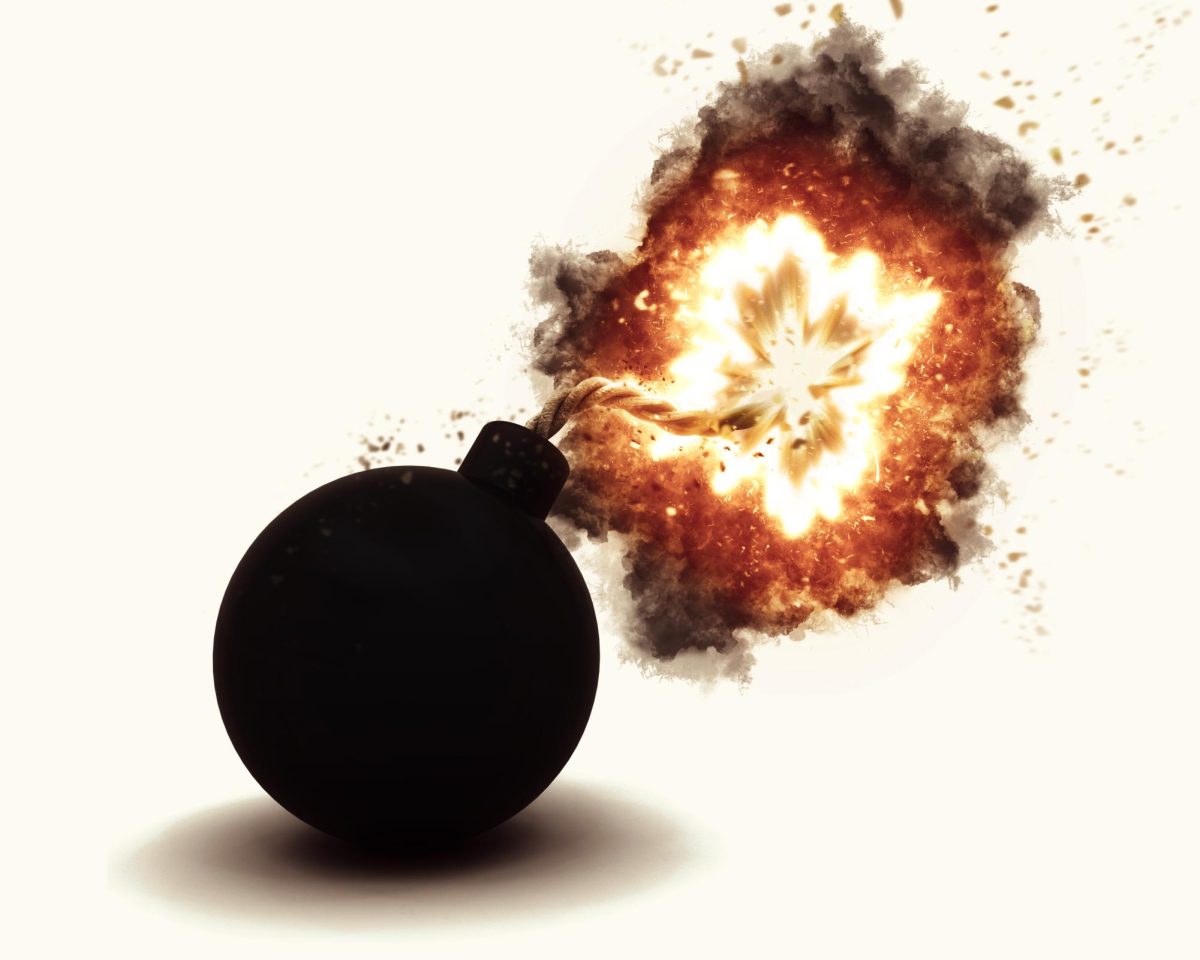Bourbon Street, glittering in its historic prime, is a road known worldwide and loved by many. Offering nostalgia and mindless bliss, this famed avenue in the French Quarter houses many bars, restaurants, and souvenir shops for tourists and locals alike.
New Orleans, the city that never sleeps, dancing each night away with festive cocktails and crazed parties, was set to ring in 2025 on New Year’s Eve. Bustling with confetti, alcohol, and sparklers, Bourbon Street was dressed for the occasion, with its notable balconies and festive jazz music.
Bourbon Street, the avenue for celebration, was struck by terror on January 1 around 3 a.m..
A man drove into a crowd, mauling innocent individuals, turning Bourbon into a bloody massacre.
During the investigation of the tragic events, Shamsud-Din Jabbar, a Texan, was discovered through a series of videos strategically planning his attack on one of the most famous streets in the world: global holiday, stomach wrenching violence, and jarring results. Jabbar is said to have been inspired by ISIS (often referred to as the Islamic State), an Islamic terrorist organization housed in the Middle East, responsible for killing hundreds of thousands of people.
Jabbar also has military background and was deployed to Afghanistan February 2009 to January 2010.
It was reported Jabbar scouted the city months before the attack, pinpointing the precise locations of where to plant the bombs and stage the coup. He stayed at an Airbnb while he was surveying New Orleans. Before the attack, the Airbnb burned down, which through investigation discovered was per Jabbar’s hand, destroying suspected evidence and planning with it.
Further evidence uncovered that Jabbar also built his own bombs, referred to as IEDs, which he hid in ice chests around Bourbon Street. An individual, not a part of the attack, reported moving one of the coolers. Neither of them detonated during the attack.
Jabbar also used firearms during the attack. He opened fire on the civilian crowd and law enforcement. It was later confirmed he made his own “silencers”, which attempted to muffle the sound of the gun shots as he pulled the trigger.
The assailant also rented a 6,000 pound truck, well over the average weight of a heftier automobile. This purchase was intentional in Jabbar’s attack, as he used the truck to maul into the revelers on Bourbon street, ultimately killing them in the process.
It was reported Jabbar had a flag belonging to the Islamic State in the back of his truck, showing his true support and commemoration to the terrorist organization.
Within minutes, Jabbar was struck by law enforcement and was reported dead at the scene. He took 14 lives with him, and injured around 35 people. Their conditions have fluctuated through time and measure.
Jabbar’s commander from Afghanistan, Rich Groen commented on the attack in a social media post: “To think that the same individual who once embodied quiet professionalism could harbor so much hate, leading to such unspeakable atrocities, is incomprehensible and heartbreaking.” (Reuters).
New Orleans has been left in tatters since the attack, as people mourn for the massive loss the city endured three hours into the New Year. Leaders of the city flocked to the press later that day to preach their prayers to the masses.
Bystanders and witnesses sleeping in hotels overlooked the mayhem, as they heard the gunshots, screams, and shouts, and some videos of the scene circulated on social media in days after.
New Orleans was marked by pain, ringing in the New Year with devastation and fear, and Bourbon Street is forever marked by the blood of terror and innocence.

